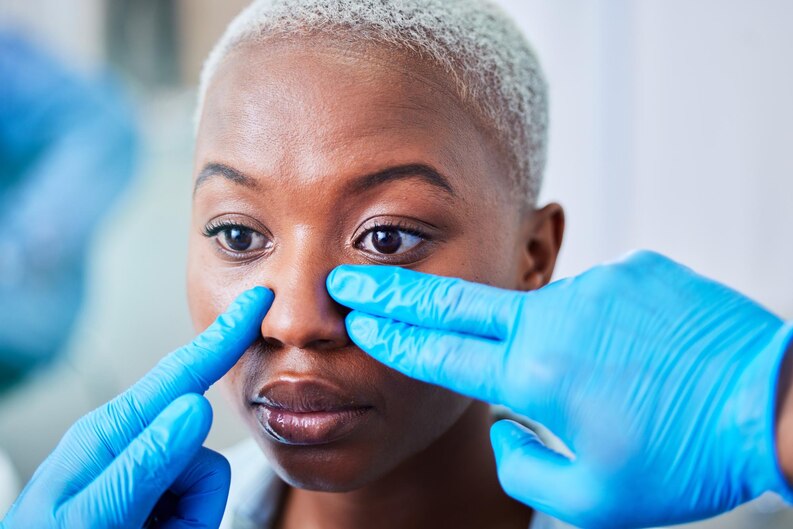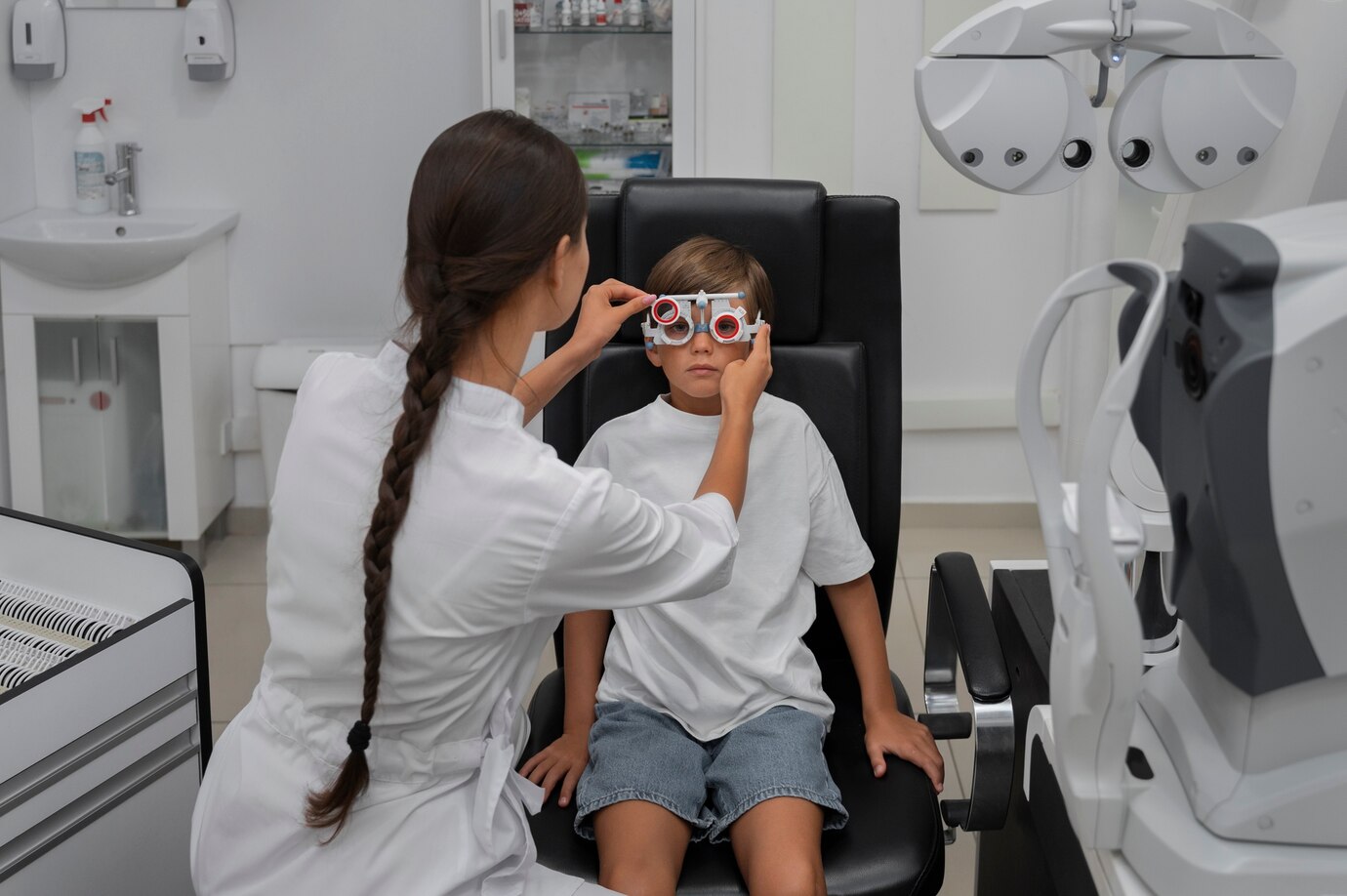Why Annual Eye Exams Are Essential at Every Age

Why Annual Eye Exams Are Essential at Every Age
See the difference an annual visit can make
When most people think about eye exams, they often assume they’re only necessary when something feels wrong—blurry vision, headaches, or trouble reading. But what if your eyes are silently sending distress signals long before you notice any symptoms?
Annual eye exams aren’t just about getting a new prescription; they’re a critical part of your overall health. From infancy to your golden years, regular eye checkups can detect issues early, prevent vision loss, and even uncover other serious health conditions like diabetes or high blood pressure.
Let’s dive into why yearly visits to the eye doctor are one of the smartest things you can do for your long-term health.
Your Eyes Through the Ages: What to Watch For
Children (0–18 years)
Vision problems can begin as early as infancy. Undetected eye issues in children can lead to developmental delays, learning difficulties, and poor performance in school.
Conditions like lazy eye (amblyopia), crossed eyes (strabismus), and even color blindness can be caught early—but only if you’re looking for them.
An annual exam helps ensure your child’s visual system is developing correctly and can make a huge difference in their confidence and academic performance.
🧠 Fun Fact: 80% of learning in a child’s first 12 years comes through their eyes.
Adults (18–40 years)
Even if your vision seems perfect, your eyes might be hiding the early signs of chronic conditions. During this busy life stage, people often skip checkups, especially if they don’t wear glasses or contacts. But vision can change subtly, and eye strain from screen use is more common than ever.
Annual eye exams at this age can catch:
- Digital eye strain (from too much screen time)
- Early signs of glaucoma or retinal conditions
- Shifts in prescription you might not notice
A simple eye test could help avoid years of unnecessary discomfort and strain.
Middle Age (40–60 years)
This is when many people first encounter presbyopia—the age-related need for reading glasses. But that’s not all. Conditions like cataracts, diabetic retinopathy, and age-related macular degeneration can begin developing quietly.
Eye exams at this stage include:
- In-depth retinal evaluations
- Pressure checks for glaucoma
- Monitoring changes due to health conditions like diabetes or hypertension
Staying ahead of these issues is much easier than trying to reverse them later.
Seniors (60+)
Your eyes age just like the rest of your body, and they need consistent care. Seniors are more susceptible to vision-threatening diseases that can severely impact quality of life, independence, and safety.
An annual eye exam helps manage:
- Cataracts
- Glaucoma
- Macular degeneration
- Dry eye syndrome
With early detection and modern treatment options, many age-related issues can be slowed or even reversed.
👁️🗨️ Did You Know? Most vision loss is preventable or treatable with early detection.
More Than Meets the Eye
Still not convinced? Eye doctors often detect the first signs of non-eye-related health issues during routine exams. These include:
- Diabetes
- High blood pressure
- High cholesterol
- Autoimmune diseases
The eye is the only place in the body where doctors can see blood vessels directly, giving them a sneak peek at your overall vascular health.
In Summary: A Simple Exam, a Lifetime of Benefits
No matter your age, annual eye exams are a smart, proactive step toward better health. They’re quick, painless, and incredibly insightful. Think of them as your yearly check-in—not just for your vision, but for your well-being.
So, the next time you’re tempted to skip your eye appointment, remember this: clear vision is a gift, and preserving it starts with just one visit a year.
👁️ Your next exam could save your sight—schedule it today.




